Jun 16, 2025
Author:Sam Wonder
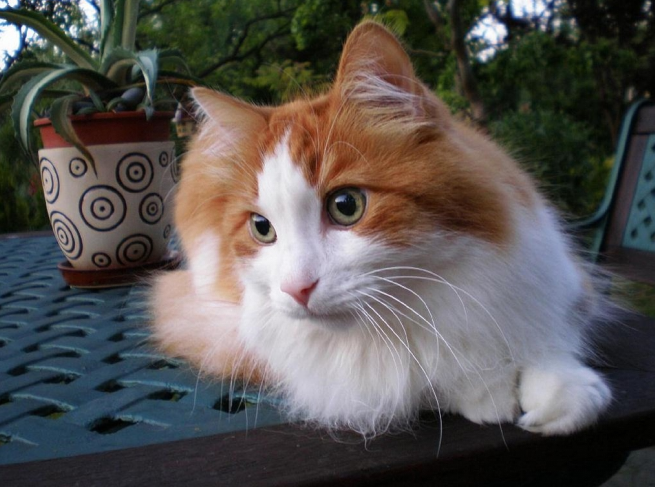
The Angora cat is graceful, quick‐thinking, and loyal. It has deep roots in Turkey and centuries of folklore attached to its flowing coat.
This long guide covers every part of life with one of these cats—from its distant history to daily health checks—so that new and seasoned owners can give proper care.
The first records of silky white cats in central Anatolia appear in traveler journals from the 1500s. Merchants took these cats west along trade routes, and European nobles soon prized them as living status symbols. Their fur, smooth yet light, made the breed stand out against local short‐haired cats. When you compare those early travelers’ notes with modern long‐haired breeds, you see how special this early traveler was.
Crossbreeding in Europe almost removed the original traits by the early 1900s. Turkey’s government stepped in. The Ankara Zoo began a strict program: it only bred cats that matched the ancient lines. Today, every registered Angora cat must trace back to those protected groups or come directly from Turkish imports.
Modern fanciers honor that effort by keeping written pedigrees and DNA reports. A breeder who respects history is more likely to screen for genetic risks like hypertrophic cardiomyopathy (HCM) and ataxia. When visiting catteries, ask to see both parents’ health papers and the kittens’ social spaces.
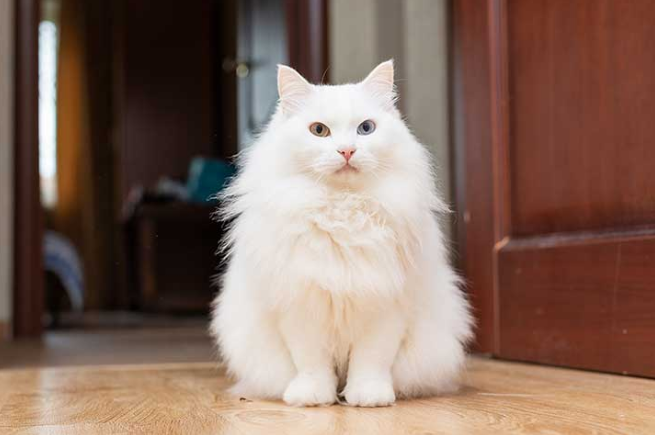
A true Angora cat is medium in size, never heavy. Adult females weigh five to nine pounds, males up to ten. The body shows a straight spine, a tucked abdomen, and higher rear features that help the cat leap with ease. Shoulders and hips share the same width, giving the frame a balanced look.
The head forms a smooth wedge. Large ears sit high and tilt slightly outward. Tufts grow at the tips. Bright almond eyes complete the face; they may be blue, green, gold, or odd—one of each.
Unlike many fluffy breeds, an Angora cat sports a single coat. There is no thick undercoat, so the fur drapes rather than puffs. In cold months, a full ruff blooms around the neck, and the tail looks like a feather boa. Summer heat thins the fur, but the coat never looks sparse.
Fine strands shed, so lint rollers and a handheld vacuum are must‐have tools. If loose hair covers your clothes, try these practical cleaning tips.
Colors include classic white, calm blue, warm red tabby, rich smoke, and patched patterns. Judges accept every shade today, though white with odd eyes still turns heads at cat shows.
People often compare the breed’s smarts to that of a border collie dog. An Angora cat watches, copies, and solves problems. Leave a puzzle feeder in a quiet room, and the cat figures it out before lunch. Some open doors or demand conversation with sharp chirps. Owners who enjoy an interactive pet will love this quick mind. Keep the brain busy with rotating toys and cat trees that climb high.
These cats pick a favorite human yet stay polite with all household members. They follow you from room to room but rarely cling. Guests may get a quiet study from a high perch before receiving a gentle head bump. With proper training, an Angora cat can coexist with dogs and calm children. Teach kids to pet softly and give the cat safe zones such as elevated shelves.

Because this breed loves to leap, vertical space matters more than floor space. Tall posts, sturdy wall steps, and window hammocks prevent boredom. Keep windows screened; the lightweight coat offers little rain protection, and falls can injure. If you travel and rely on timed feeding, place the automatic feeder on a hard floor. For in‐depth feeding device advice, review remote pet feeders.
Even lively cats need retreats. Put a covered bed in a spare room or closet so the cat can nap. Older Angoras may develop stiff hips, so add ramps onto sofas and beds. A soft heating pad set on low eases joints in winter.
Wild cats live on prey, so a domestic diet should mirror that protein level. Select wet food and grain‐free kibble with real meat listed first. Avoid fillers. Use a digital gram scale rather than a scoop to measure servings. If you often forget exact portions, a smart feeder solution helps keep calories on track.
Good hydration supports kidney health and coat shine. Spread water bowls around the house and consider a fountain. Some cats paw at running water; read why running water attracts them to decide if a fountain is worth it. If you add one, learn a filter, change the timing, and cleaning methods.
Seniors may need extra encouragement. Bone broth—free of onion, garlic, and salt—adds flavor. For details on helping older cats drink, check simple hydration hacks.
Brush three times a week with a slicker tool. Start at the neck and move toward the tail in short strokes. Speak calmly so the cat stays relaxed. Pay attention behind the ears and under the armpits, where fine mats can begin. Consistent brushing keeps shedding under control and reduces hairballs.
Baths are rare but helpful if the coat becomes oily. Keep water warm, not hot. Use a gentle feline shampoo and rinse well. Press a towel around the body instead of scrubbing, then let the cat air dry in a warm room. Trim nails every two weeks. Scratching posts of sisal rope or rough wood satisfy the urge to claw.
When grooming turns into a wrestling match, shift to short sessions and add treats. High‐value rewards from a toy and treat chart keep the process positive.
The main inherited problems in the breed are HCM and ataxia. Ask breeders for yearly heart scans on breeding pairs. DNA kits detect ataxia carriers. Responsible catteries remove carriers from breeding plans. White cats with blue eyes may be deaf, so they need BAER hearing tests.
Schedule annual exams and dental cleanings. Indoor cats still face fleas; treat with vet‐approved products and follow this flea prevention guide. Spaying or neutering prevents certain cancers and behavioral stress. For a full look at reasons, see this note on surgical sterilization. Vaccinate according to local law and your vet’s advice.

Short, focused sessions work best. Use a clicker: mark the desired action, then give a pea‐sized bit of cooked chicken. Teach sit, paw, spin, and jump through a hoop. Rotate puzzle feeders to slow eating and keep the cat occupied. Follow the ideas in this complete portion control guide.
A harness lets the cat explore without risk. Start indoors, letting the cat drag the harness for short minutes, then attach a light leash. Offer a treat after each step. When calm, move to a quiet yard or patio. Trips build courage, and the plume tail will flutter proudly once the cat trusts the process.
Proper planning makes car trips smoother. Place a secure carrier on the rear seat. Line it with an old towel and a familiar toy. Feed a light meal three hours before departure. Pack a small litter pan, bottled water, and pre‐measured food. Study this travel checklist before any long drive. Never open the car door until the harness and leash are on; frightened cats can bolt.
Separate feeding stations avoid resource guarding. If one cat steals meals, read about stopping food theft and use microchip feeders if needed. Offer extra litter boxes—one per cat, plus one more—and spread them across rooms. A vertical layout with many perches allows quiet cats to avoid more dominant housemates.
Senior Care
When the Angora cat reaches ten years, switch to twice‐yearly vet visits. Watch for weight loss, increased thirst, or changes in grooming habits. Arthritic joints may need joint supplements. Feed moist meals to aid hydration and kidney function; see kidney health tips. Soft ramps help the cat reach its favorite beds. Keep brushing sessions gentle and shorter.
Expect to pay $1,000 to $2,500 for a kitten with papers. Visit the cattery and look for clean pens, toys, and social kittens that approach you. The breeder should explain the diet, provide a contract that requires neutering if you do not breed, and remain available for questions.
Adult Angoras end up in shelters due to the owner's illness or move. Local rescue groups and national breed groups run foster networks. An adult cat often settles faster because it has passed the high‐energy kitten phase. Adoption fees range from $100 to $300 and usually include shots and spay or neuter surgery.
The Angora cat mixes history, beauty, and brains. Its single, silky coat needs regular brushing but resists heavy matting. It bonds with people who respect its lively mind and supply spaces to climb. If you invest time, groom often, and feed a high‐quality diet, your Angora cat will reward you with years of bright eyes, gentle trills, and graceful leaps across your living room.
Label:
Popular Post

What to Feed a Sick Dog With No Appetite? [2025 Guide]
May 16, 2023

Troubleshooting Common Issues with Automatic Pet Feeders: Tips & Tricks for Pet Owners
Oct 26, 2023
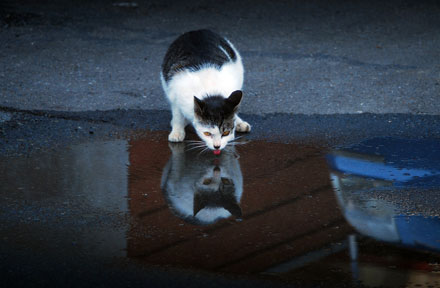
Why Does My Cat Cough After Drinking Water? 8 Potential Reasons
Mar 13, 2023
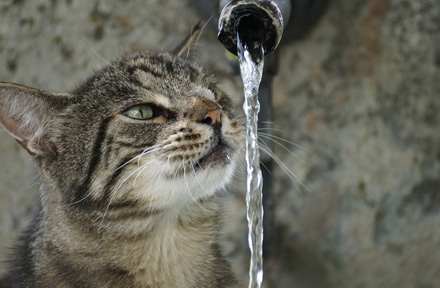
Why is My Cat Throwing up Water? Top 5 Causes Here
Feb 08, 2023
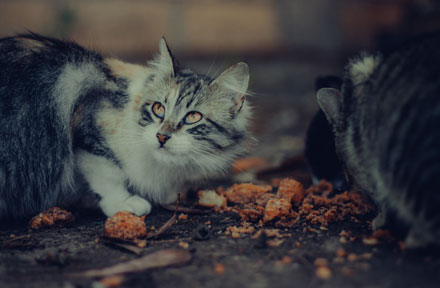
My Cat Only Eats A Little at A Time - What to Do?
Feb 27, 2023
$99.99
$129.99
Copyright © 2025 WOPET. All Rights Reserved.